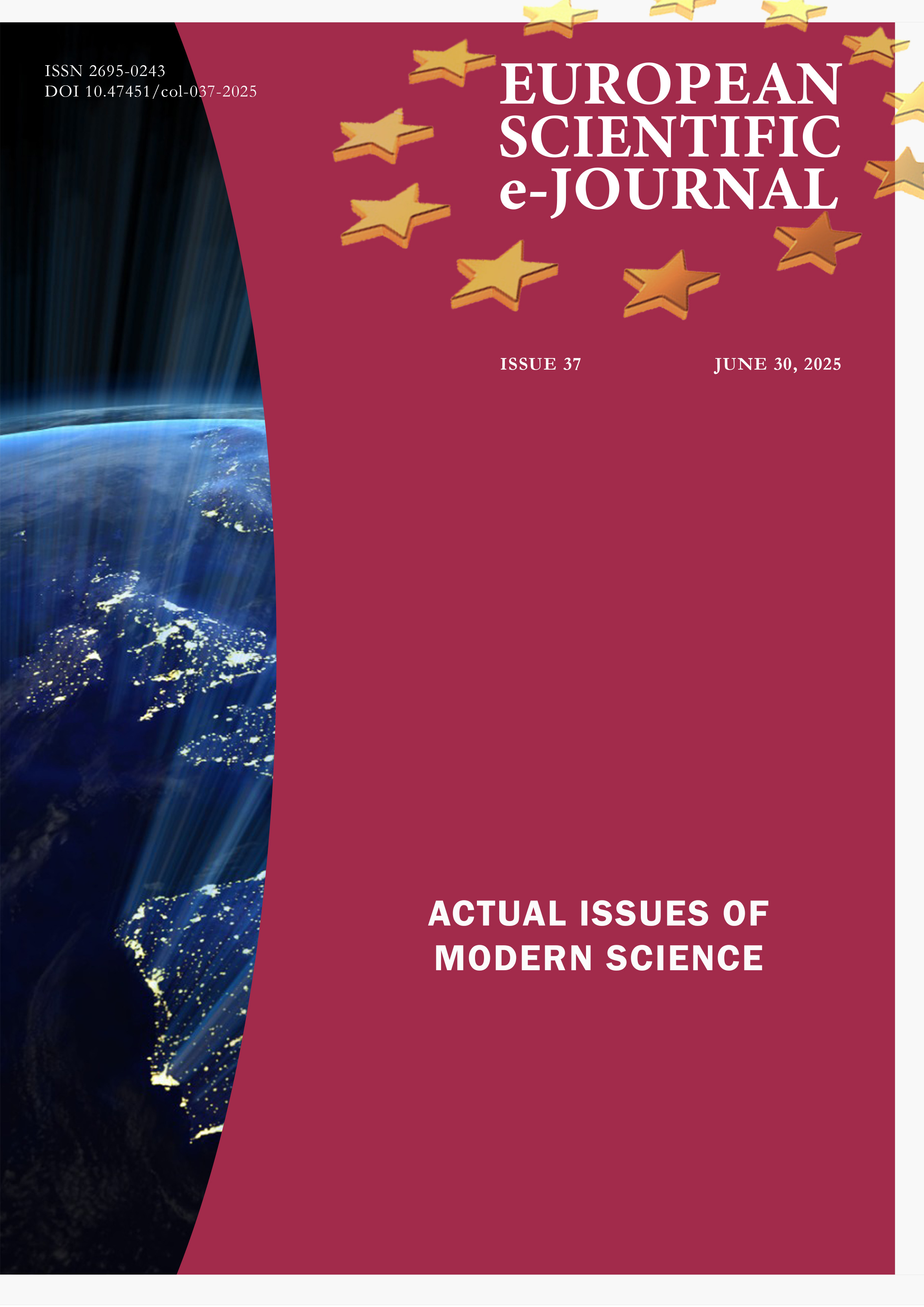Functional MRI Training for Biomedical Physics and Engineering Students: Methodological Approach to Acquisition, Processing and Visualization
DOI:
https://doi.org/10.47451/tec2025-08-01Keywords:
functional MRI, biomedical physics, neuroimaging, preprocessing, educationAbstract
Functional magnetic resonance imaging (fMRI) represents a cornerstone technique for studying brain activity and connectivity, yet its application in biomedical engineering education remains limited. The study’s object was the process of teaching and learning fMRI methodologies within biomedical physics and engineering education. The study’s subject was the methodological framework and practical module integrating acquisition, preprocessing, modelling, and visualisation of fMRI data for undergraduate training. The study aimed to design, implement, and evaluate a hands-on educational module that bridges the gap between theoretical knowledge and practical competence in fMRI workflows for biomedical students. Based on a teaching internship, a practical module was designed and implemented for undergraduate students of biomedical physics, engineering, and informatics that covered the complete fMRI workflow. The module combined an on-site visit to a radiology centre, participation in a scanning session with a simple block-design task, and a hands-on laboratory focused on preprocessing, modeling, and visualization using open-source tools. A preconfigured virtual environment with FSL and standardized data conversion via BIDS/BIDScoin enabled a reproducible pipeline from DICOM to NIfTI/BIDS and downstream modeling in FEAT. Students practiced brain extraction, spatial normalization, model specification for block designs, and interpretation of thresholded activation maps in FSLeyes. Educational outcomes included improved understanding of neuroimaging pipelines, stronger operational skills with widely used software, and higher motivation for interdisciplinary research. This work proposes a methodological framework for integrating fMRI-based training into biomedical curricula and bridging technical education with modern neuroimaging applications.
Downloads
References
BIDScoin Workflow Documentation. (n.d.). Bidscoin. https://bidscoin.readthedocs.io/en/latest/workflow.html
Brain Imaging Data Structure (BIDS) Specification. (2023). Neuroimaging. https://bids.neuroimaging.io
Cox, R. W. (1996). AFNI: software for analysis and visualization of functional magnetic resonance neuroimages. Computers and Biomedical Research, 29(3), 162–173. PMID: 8812068. https://doi.org/10.1006/cbmr.1996.0014
FMRIB Software Library (FSL) Wiki. (2012). FSL. https://fsl.fmrib.ox.ac.uk/fsl/fslwiki/
Friston, K. J., Holmes, A. P., Worsley, K. J., Poline, J.-B., Frith, C. D., Frackowiak, R. S. J. (1994). Statistical parametric maps in functional imaging: a general linear approach. Human Brain Mapping, 2(4), 189–210. https://doi.org/10.1002/hbm.460020402
Gorgolewski, K. J., Auer, T., Calhoun, V. D., Craddock, R. C., Das, S., Duff, E. P., et al. (2016). The brain imaging data structure, a format for organizing and describing outputs of neuroimaging experiments. Scientific Data, 3, 160044. https://doi.org/10.1038/sdata.2016.44
Jenkinson, M., Beckmann, C. F., Behrens, T. E. J., Woolrich, M. W., & Smith, S. M. (2012). FSL. NeuroImage, 62(2), 782–790. PMID: 21979382. https://doi.org/10.1016/j.neuroimage.2011.09.015
Logothetis, N. K., Pauls, J., Augath, M., Trinath, T., & Oeltermann, A. (2001). Neurophysiological investigation of the basis of the fMRI signal. Nature, 412(6843), 150–157. PMID: 11449264. https://doi.org/10.1038/35084005
Poldrack, R. A., Mumford, J. A., & Nichols, T. E. (2011). Handbook of functional MRI Data analysis. Cambridge University Press.
Smith, S. M., & Nichols, T. E. (2009). Threshold-free cluster enhancement: addressing problems of smoothing, threshold dependence and localisation in cluster inference. NeuroImage, 44(1), 83–98. PMID: 18501637. https://doi.org/10.1016/j.neuroimage.2008.03.061
Published
Issue
Section
License
Copyright (c) 2025 European Scientific e-Journal

This work is licensed under a Creative Commons Attribution 4.0 International License.
The European Scientific e-Journal (ESEJ) is an open access journal. Articles are available free of charge as PDF files on the website of the European Institute for Innovation Development. PDF files can be previewed with Acrobat Reader from www.adobe.com.
All articles of the “Tuculart Student Scientific” are published under a Creative Commons Attribution 4.0 Generic (CC BY 4.0) International license.
According to the Creative Commons Attribution 4.0 Generic (CC BY 4.0) International license, the users are free to Share — copy and redistribute the material in any medium or format for any purpose, even commercially (the licensor cannot revoke these freedoms as long as you follow the license terms).
Under the following terms:
- Attribution — You must give appropriate credit, provide a link to the license, and indicate if changes were made. You may do so in any reasonable manner, but not in any way that suggests the licensor endorses you or your use.
- No additional restrictions — You may not apply legal terms or technological measures that legally restrict others from doing anything the license permits.


